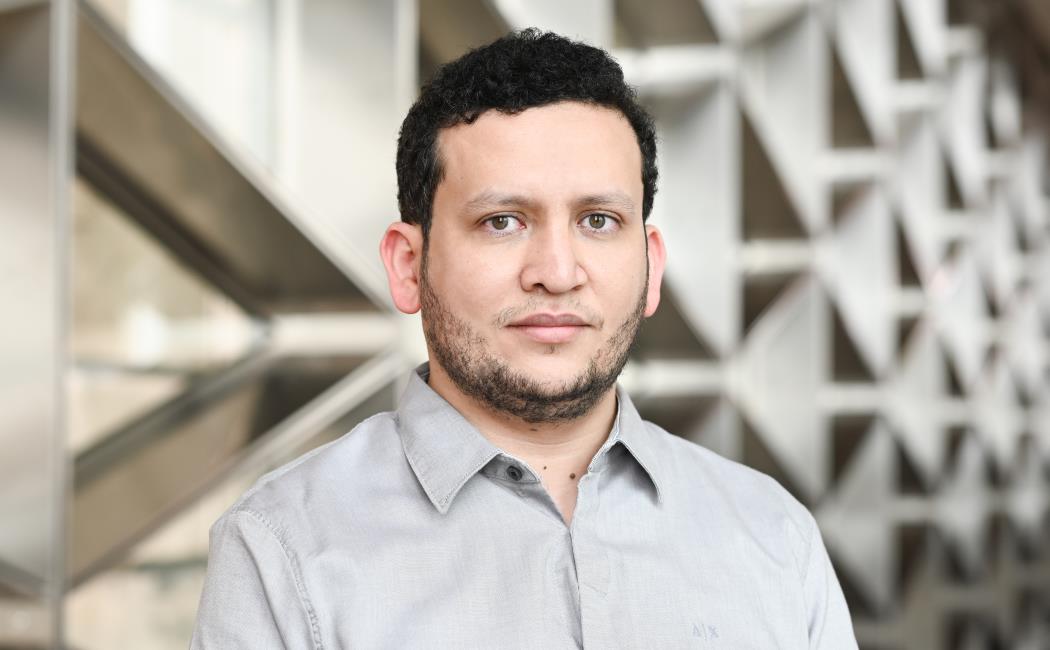.jpg?sfvrsn=1a62d0cb_0)
.jpg?sfvrsn=1a62d0cb_0)

Experimental and Numerical Evaluation of Capillary-dominated Processes in Porous Media
Despite recent and significant changes in the global energy portfolio, fossil fuel is still considered the main contributor to energy resources worldwide. The anticipated demand in oil and gas triggers searching for new feasible recovery-enhancing practices, revisiting the current conventional practices, and improving our understanding of the subsurface processes and flow physics. Capillarity is one of the leading forces that control the fluid flow in porous media. Due to the capillarity contrast between different reservoir layers and fluids, a process known as spontaneous imbibition is initiated, leading to saturation distribution among layers. Spontaneous imbibition is pronounced when the capillarity contrast is significant between fracture and matrix in the naturally or artificially fractured reservoirs. Therefore, enhancing the efficiency of spontaneous imbibition is crucial to achieving higher recovery and delaying the decline in production rates. Spontaneous imbibition also plays a crucial role in CO2 sequestration through capillary trapping in water-wet reservoirs, which helps in minimizing the CO2 footprint. A considerable amount of work has been directed to quantify and qualify the spontaneous imbibition at the Darcy scale; however, the underlying processes at the pore scale that control the imbibition are poorly understood.In this work, we employ a CT scan to perform multiscale experimental and numerical simulations of spontaneous imbibition at pore and Darcy scales in the presence and absence of reservoir heterogeneity. We also assess the potential of surfactants to enhance spontaneous imbibition through wettability alteration using three different types of surfactants: cationic, anionic, and zwitterionic. We also study how these surfactants can lead to different oil micro-occurrences inside the pore space. Finally, we perform CO2 flow in-situ imaging to quantify the amount of CO2 that can be trapped at different injection rates. Time-lapse CT scan is used throughout this work to reveal more details on the patterns of the spontaneous imbibition dynamics at the pore scale. A micro-flow holder is fabricated to perform the flooding while imaging with the CT scanner. The holder can operate at elevated temperatures and pressure. Pore network models are used to obtain the relative permeability and capillary pressure curves required as inputs for the Darcy-scale numerical simulation. The findings of this work explain the variations in the Darcy-scale spontaneous imbibition results based on the underlying pore-scale dynamics. In addition, new insights into the fundamental mechanisms of spontaneous imbibition with and without surfactants are obtained. The findings also improve the interpretation of recovery curves obtained by conventional methods such as Amott cells. In this work, we also discuss the effect of viscous and gravity forces on the amount of CO2 that can be trapped by capillary trapping. We establish protocols incorporating CT scan imaging to new capillarity-dominant flow studies, including spontaneous imbibition, surfactants-assisted spontaneous imbibition, and CO2 capillary trapping. Moreover, the experimental and numerical results present valuable information for future research exploring the various recovery mechanisms in low-permeability and unconventional reservoirs.
Ph.D. Student